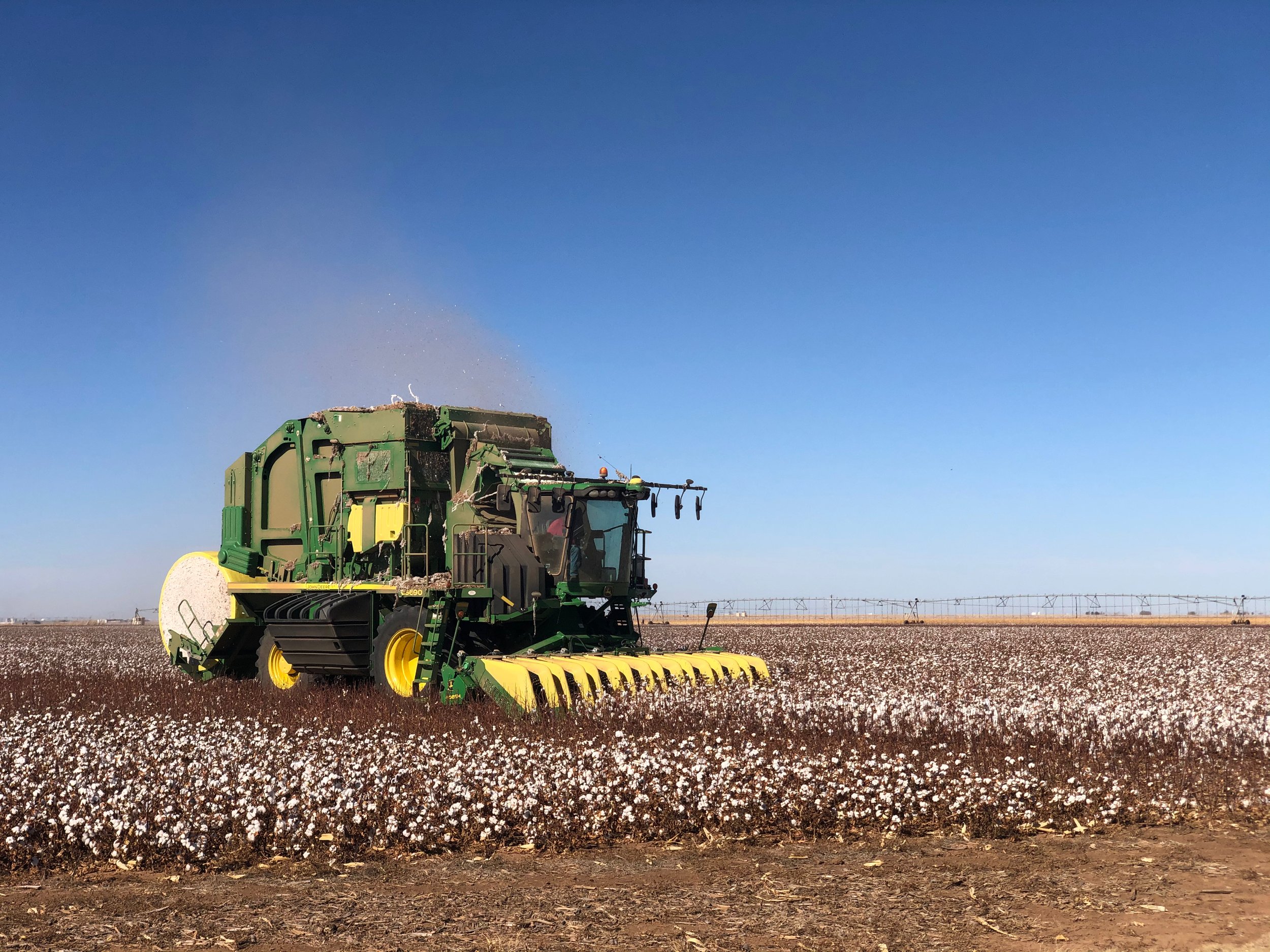
The Southern Great Plains
The Southern Great Plains (SHP) is one of the most agriculturally productive regions of the United States. Approximately, 60% of the region’s nearly 69.5 M acres are devoted to agricultural production. Major crops include cotton (Gossypium hirsutum L.), corn (Zea mays L.), peanuts (Arachis hypogaea L.), sorghum (Sorghum bicolor), and wheat (Triticum aestivum L.). Most notably, the Southern Great Plains produces approximately half of the U.S. cotton crop annually resulting in nearly $11 billion in economic return for Texas and Oklahoma each year.
Cotton production on the Southern Great Plains is dependent on underground water resources from the Ogallala and Seymore Aquifers and surface water resources from the Red River Watersheds. The use of these water resources has led to significant declines in their availability. The use of regenerative practices has to potential to enhance water sustainability in the region by improving soil physical properties. However, the use of regenerative practices in the region is limited. Regenerative practices we will evaluate include cover cropping, reduced tillage, crop rotations, and livestock integration.



